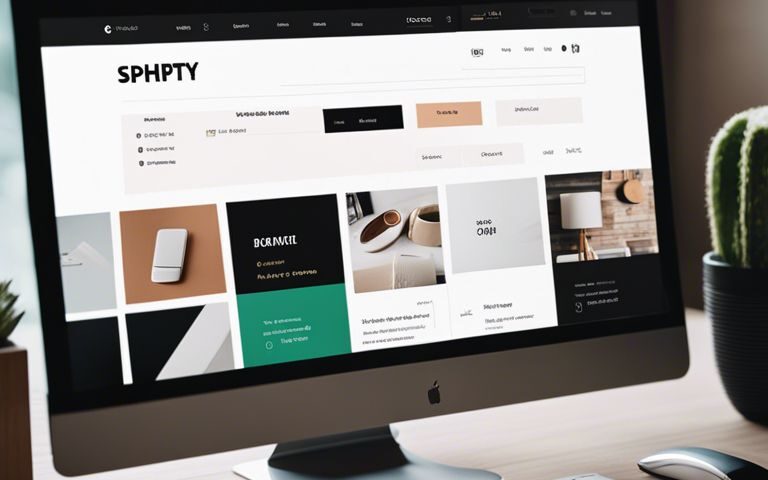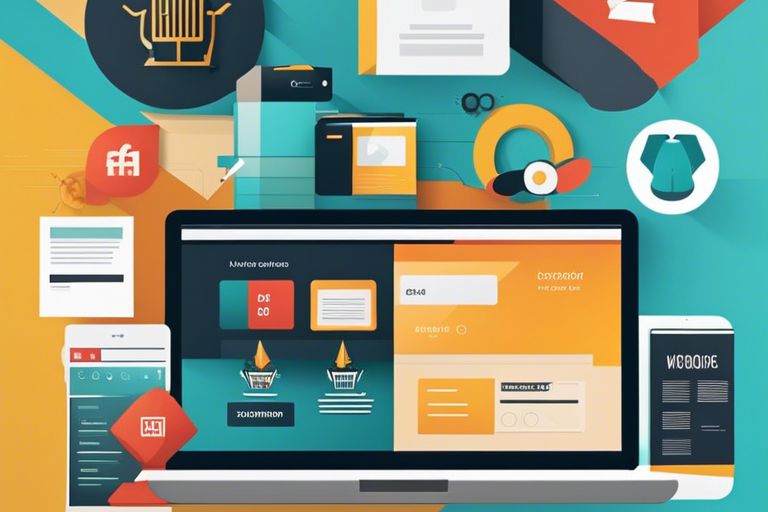Need A Shopify Website Design? Here’s What To Consider Before Hiring A Designer.

Need A Shopify Website Design? Here’s What To Consider Before Hiring A Designer.
April 9, 2024
Need A Responsive Web Design? Here’s Why It’s Essential.
April 11, 2024Just starting your journey into the world of e-commerce and looking to set up a Shopify website? Ensuring your online store stands out and functions seamlessly is crucial for success. Before hiring a Shopify website designer, there are key factors to consider. From assessing their experience with e-commerce platforms to reviewing their portfolio of previous projects, it’s imperative to do your due diligence. Additionally, communication and pricing are vital aspects to clarify before entering into the design process. By carefully evaluating these important elements, you can make an informed decision and choose a designer who will bring your Shopify website vision to life effectively.
Key Takeaways:
- Understand your business goals: Before hiring a Shopify website designer, have a clear understanding of your business objectives, target audience, and the features you need on your website.
- Check designer’s portfolio and reviews: Take the time to review the designer’s portfolio to ensure their style matches your brand. Additionally, check for reviews and feedback from previous clients to gauge their reputation and quality of work.
- Communicate effectively: Clearly communicate your ideas, requirements, and expectations with the designer. A shared understanding will help in creating a website that aligns with your vision and goals.
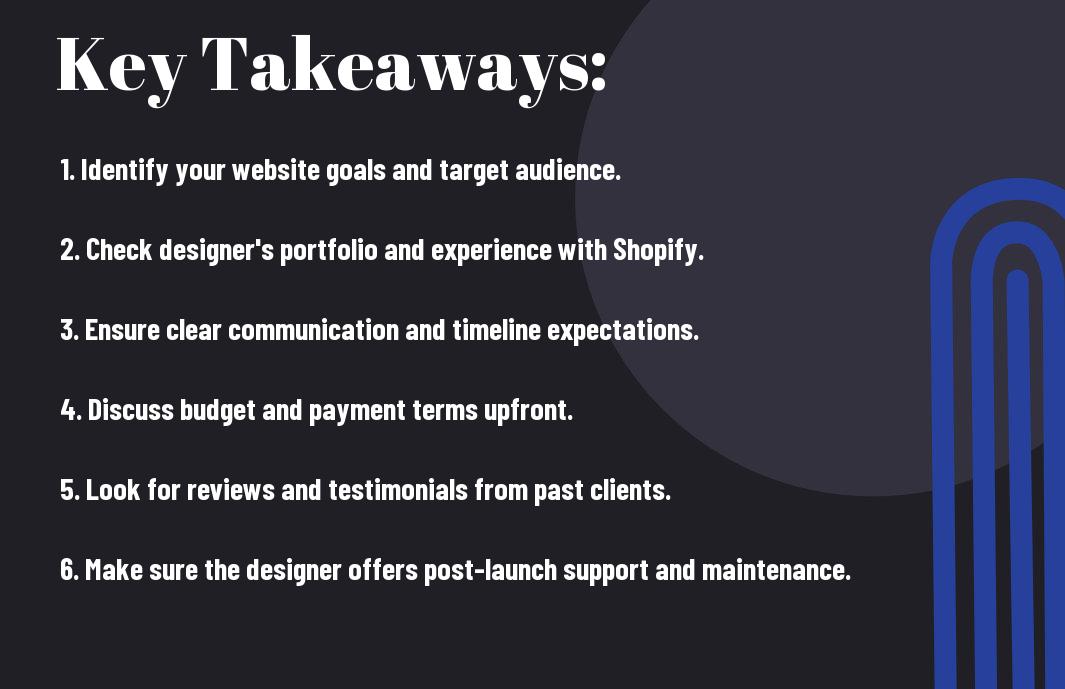
Understanding Your Design Needs
Establishing Your Brand’s Visual Identity
For a successful Shopify website design, it is crucial to start by establishing your brand’s visual identity. This includes defining your brand colors, typography, imagery style, and overall aesthetic. Consistency in visual elements across your website helps in creating a cohesive and memorable brand image for your customers.
Functionality and User Experience (UX)
Identity Functionality and User Experience (UX) are key aspects to consider when designing your Shopify website. User experience plays a critical role in the success of your online store as it directly impacts customer satisfaction and conversion rates. Brands with seamless navigation, intuitive layout, and fast-loading pages tend to have higher engagement and retention rates.
Functionality and User Experience (UX) go hand in hand in creating a positive online shopping experience for your customers. It is necessary to prioritize mobile responsiveness, clear call-to-actions, and easy checkout processes to enhance usability and drive sales. Ignoring these aspects can lead to frustrated customers, low conversion rates, and negative brand perception.
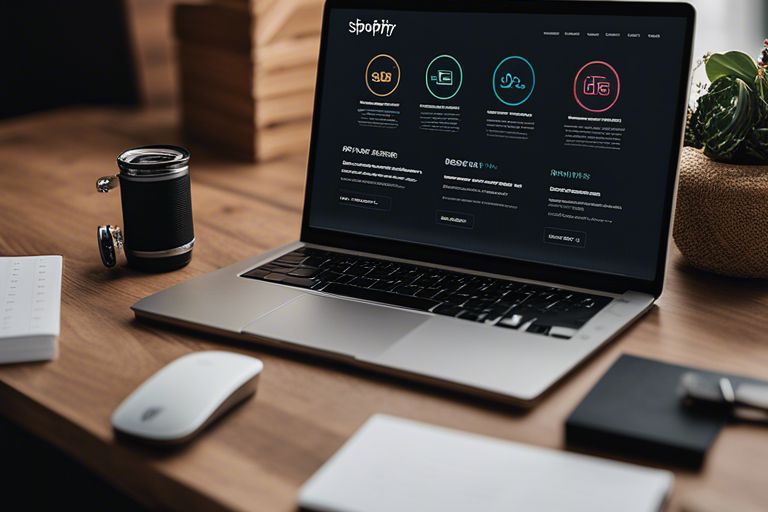
Finding the Right Shopify Designer
Experience and Portfolio Evaluation
One of the most critical factors to consider when hiring a Shopify designer is their experience and portfolio. Look for a designer who has a proven track record of creating successful Shopify websites in your industry. Review their portfolio to ensure they have the skills and creativity necessary to bring your vision to life. A designer with experience will be better equipped to handle any challenges that may arise during the design process.
Communication and Collaboration Expectations
On your quest to find the right Shopify designer, it’s crucial to establish clear communication and collaboration expectations. Effective communication is key to ensuring that your designer understands your vision and goals for the website. Make sure they are willing to collaborate with you throughout the design process, providing updates and seeking feedback along the way.
Avoid designers who are difficult to reach or don’t prioritize communication, as this can lead to misunderstandings and a final product that doesn’t meet your expectations.
The Design Process
Setting Clear Objectives and Timelines
Now, the first step in a successful Shopify website design project is setting clear objectives and timelines. This involves defining what you want to achieve with the website and when you expect it to be completed. By outlining these key points at the beginning of the project, you ensure that everyone is on the same page and working towards a common goal. Clear objectives and timelines are crucial for keeping the project on track and avoiding unnecessary delays.
Approving Mockups and Revisions
Mockups play a crucial role in the design process as they give you a visual representation of how your website will look. It is important to carefully review these mockups and provide detailed feedback for revisions. Approving mockups and revisions in a timely manner is necessary for moving the project forward smoothly.
Timelines: It is necessary to establish clear timelines for the approval of mockups and the turnaround time for revisions. Delays in this process can impact the overall timeline of the project and result in additional costs. Being prompt with feedback and approvals will ensure that the design process stays on schedule.
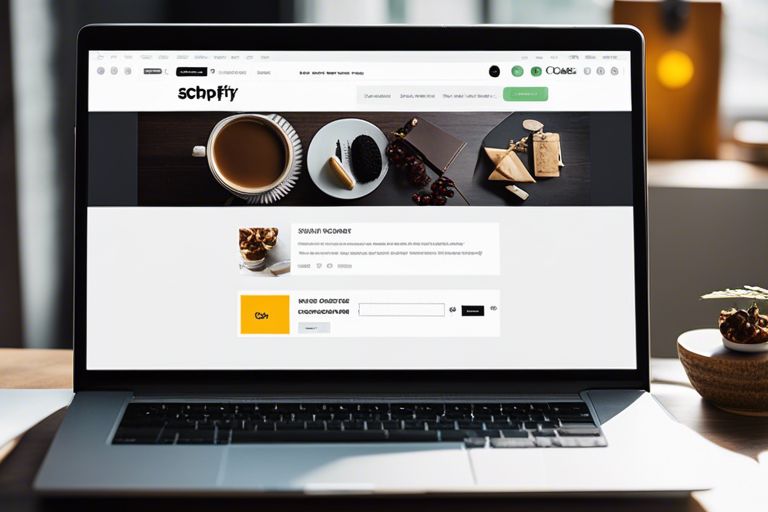
Investment and Budget Considerations
Understanding Pricing Structures
Many factors play a role in the pricing of Shopify website design services. It is important to consider the level of customization, features, and complexity you want for your online store. Some designers may offer fixed pricing packages, while others charge hourly rates or based on the scope of work. Make sure to discuss the pricing structure with your designer to avoid any surprises down the line.
Anticipating Future Maintenance Costs
For businesses investing in a Shopify website, it’s crucial to anticipate future maintenance costs. Regular maintenance is important to keep your site running smoothly and to address any technical issues that may arise. This can include updates to the platform, security monitoring, and general upkeep. Understanding the long-term costs associated with maintaining a Shopify website can help you budget effectively and ensure the continued success of your online store.
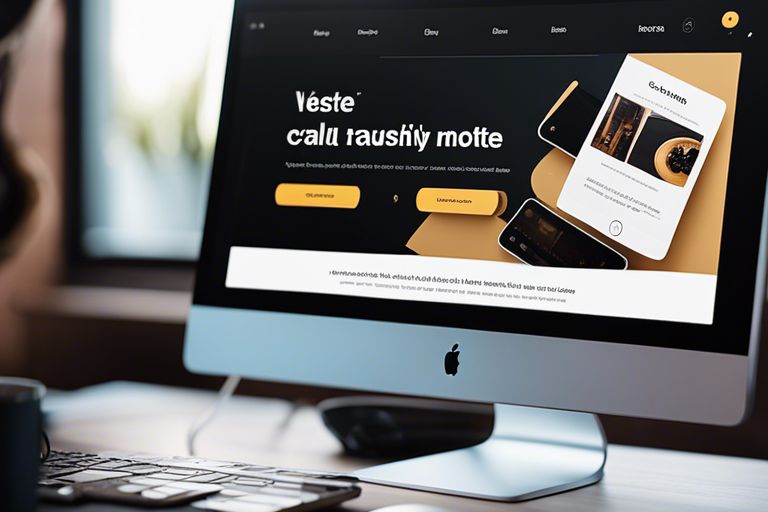
Final Words
The process of hiring a Shopify website designer requires careful consideration to ensure that you are partnering with a professional who can bring your vision to life. By asking the right questions and thoroughly assessing their portfolio and experience, you can make an informed decision that aligns with your business goals. For a comprehensive guide on the key questions to ask before hiring an eCommerce web designer, visit 9 Questions To Ask Before Hiring an eCommerce Web Designer. Note, investing in a skilled designer is investing in the success of your online business.
FAQ
Q: Why should I consider hiring a Shopify website designer?
A: Hiring a Shopify website designer can ensure that your e-commerce site is professionally designed, user-friendly, and optimized for conversions.
Q: What factors should I consider before hiring a Shopify website designer?
A: Before hiring a Shopify website designer, consider their portfolio, experience with Shopify, pricing, turnaround time, and communication style.
Q: How can I ensure that the Shopify website designer understands my brand and vision?
A: To ensure the designer understands your brand and vision, provide them with detailed brand guidelines, examples of websites you like, and have open communication throughout the design process.
Q: What are the benefits of hiring a professional Shopify website designer?
A: Professional Shopify website designers have the expertise to create a visually appealing and functional website that can help increase sales, improve user experience, and establish a strong online presence for your business.
Q: How should I evaluate the success of my Shopify website design project?
A: You can evaluate the success of your Shopify website design project by tracking key performance indicators such as website traffic, bounce rate, conversion rate, and customer feedback. Additionally, you can A/B test different design elements to optimize for better results.

